Around The Azores With An X-T1
The Açores are nine volcanic islands pretty much in the middle of the Atlantic Ocean midway between Europe and the USA, and a part of Portugal that neither me nor my wife had ever visited. I’d long been aware of their beauty through the stunning images of photographer Rui Vieira who lives on Sao Jorge, but for some reason when planning trips we’d never got around to visiting them. We finally put that right this summer when we put together a 10 day island hopping trip through these amazing islands. It took quite a bit of research to decide which of the islands to visit, but eventually I decided on Pico, Faial, Flores and Corvo. While Sao Miguel is the most popular choice, it’s also the most touristed and I felt that all that I could find there could also be found on the other islands, which all also have something unique of their own.
I packed really light for this trip, just an X-T1 and my two usual landscape lenses, the XF10-24mm and the XF 55-200mm, along with Gitzo Traveller Series 1 tripod, which folds down really small and fits easily in a tiny suitcase. It’s one of the things I love about the X System, it’s so small and compact but I have absolute faith that it will deliver great results. I also had a few filters, 2 spare batteries and a cable release, which makes its about as minimal a landscape kit as I could imagine. When I go out shooting landscapes locally I’ll carry this kit in a Lowepro Inverse 100 waist pack, but for travelling I prefer to take a Lowepro Photosport 200 backpack as I can fit an iPad in it, which is useful for reading, writing, emails and browsing while travelling and hanging around at airports.
We flew direct to Faial, then rented a car and caught the ferry straight across the narrow channel to Pico, an island dominated by Portugal’s highest mountain. We’d booked a small cottage on the south coast of the island and on our first day there I headed to the village of Lajes in the south east, where the curve of the bay makes it possible to photograph the mountain across the water at sunset. I found a location where I could use some rocks as a foreground and waited for the sunset. With 30 minutes to go the top of the mountain was still hidden by cloud, but finally, just as the light was at it’s peak the clouds cleared and I was able to get some shots using a neutral density filter to slow down the movement of the water.

The following day I wanted to photograph the peak from Lagoa da Capitão, but as we headed up into the highlands that run along the interior of the islands we entered thick low lying cloud which I hoped would clear, but it never did. I was disappointed as it was a beautiful location and one I really wanted shoot, but as it happened a bit of bad luck turned into good luck when a ferry mix up the following day meant we were unable to catch a boat from the main port of Madelena and the only available berth left for our car was on a ferry that left at 21h50 from the port of Sao Roque on the north coast. Sao Roque is just 30 minute drive from Lagoa da Capitao, so the late departure time would give me another opportunity to shoot sunset at 20h30. We arrived at the small lake and despite the weather being much better than the previous day, the peak of the mountain was once again wreathed in cloud. I set up my compositions with two juniper trees in the foreground and waited and hoped. Then, just as on the first night the clouds cleared from the peak and I was treated to a beautiful display of light around the peak.

It’s for shots like this that the LCD on the X-T1 is so useful. I can frame without looking into the sun through an optical viewfinder and the live histogram tells me how much the highlights or shadows are clipping before I even press the shutter. It’s easy to then dial in a lower exposure using the exposure compensation dial until there are no clipped highlights to ensure I’ve got various exposures that cover the whole dynamic range of the scene. The LCD shows me exactly what the image will look like and from experience I’ve learned that it’s really simple to get the RAW files looking exactly how I want them to in Lightroom and Photoshop.
Before leaving, I switched to the XF55-200mm and handheld the camera to shoot some close ups of the peak with backlit clouds.

The next island was Faial, which has beautiful forests and offers stunning views of nearby Pico both from its beaches and from the top of the island. We spent the first day relaxing and enjoying the island, diving and swimming off the dock with the locals. I captured some of the kids diving using the High Speed mode and the Classic Chrome film setting.
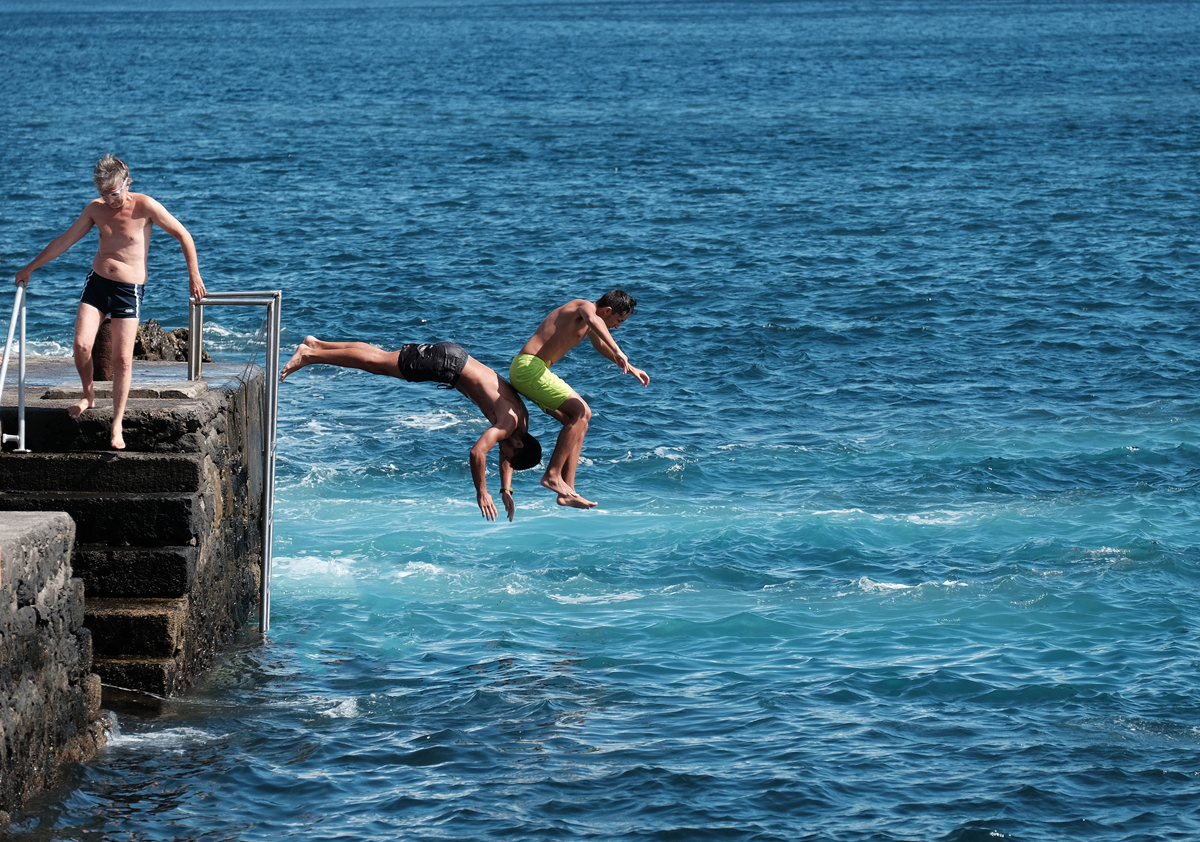
In the afternoon we drove up to the edge of the caldera and around the island checking out locations for the following day. I got up around 6h30am and made the short drive over to Praia do Almoxarife, the beach we’d swum at the previous day, and photographed the sun rising from behind Pico. Once again I used filters to slow the exposures down and blur the water. Shooting with the Fuji has changed the way I expose these kinds of shots. I used to do everything in manual exposure mode and somewhere on my blog is a detailed explanation of exposing scenes with bright skies using graduated neural density filters, but since I’ve switched to Fuji I don’t do this anymore. I now shoot in Aperture priority almost all the time by setting the aperture on the lens barrel to f8 and then keeping the shutter dial at A for automatic. If I want a longer shutter time to blur the water a little more, I simply close down the aperture until I get a shutter time that I want. I have two Lee neutral density filters I use to lengthen exposures, a 2 stop and a 6 stop, and even with these over the lens the LCD still shows me exactly what the exposure will look like and measures exposure accurately up to a 30 second long shutter time. So the only time I have to work out exposure the old fashioned way is when I’m shooting exposures over 30 seconds in Bulb mode.

As soon as the sun came over the horizon it was too bright to shoot sunrises from the beach anymore. I noticed that the top of the island was covered with cloud but I thought it would be worth taking the chance of driving to up to the caldera in case there was a cloud inversion. It’s only 25 minutes and I was the only car on the road so it was a straightforward drive and once there I had views across to the top of Pico above a sea of cloud.

The highlight of the morning though was driving back down and coming across a tree lined avenue, shrouded in mist with sunrays cutting through it. I stopped the car and quickly shot the scene with the XF55-200mm to compress the distance and enhance the layers in the mist before the light disappeared.

Later in he the day we headed around the north of the island to shoot the sunset at Capalinhos, the westernmost point. It’s a surreal place with a deserted lighthouse that stands alone in the midst of a desert of black sand. Beyond the lighthouse there is another headland of dark brown rock surrounded by black sand and bare brown earth that looks almost like the surface of another planet. After all the lush green vegetation of the rest of the island, the barrenness of this tiny corner feels bizarre. And why would someone build a lighthouse so far away and below the headland? The answer is they didn’t! The lighthouse was once upon a time at the edge of the island until in 1955 a huge volcanic eruption a few hundred meters offshore created a new island which then joined together with the existing headland causing the incredible landscape you can see today. The area has been preserved with a museum of the event built below ground leaving the deserted lighthouse as the only remaining building in the area. The effect is stunning and I spent some time shooting the lighthouse and the surrounding cliffs.

Once again, using the EVF to do shots like the one above is much less painful on the eye an using an optical viewfinder in a dSLR to shoot straight into the sun. I captured this image by manually under exposing by around 4 stops and closing down the aperture to f22 to create the sun star.
A little before sunset I walked down to the edge of the ocean to shoot waterscapes. The sea was pretty rough here creating some great water movement around the rocks but I had to be careful to not get swept away. Using the LCD allows me to shoot without putting my eye against the viewfinder and therefore keep a much better eye on what the waves are doing. When a large wave formed I had plenty of time to step back and get out of its way, and the articulating screen also saved me from having to bend down as the camera was quite low to the rocks. Also, for the millionth time I was grateful to the weatherproofing on the camera as it got repeatedly splashed.

We lost the next two days to Tropical storm Gastom, which blew in and grounded all flights on the day we were due to fly to Flores. It’s not uncommon in this part of the world so we weren’t totally surprised, and later the following day we made the 45 minute flight to our third island.
Flores is about as far west as you can go and still be in Europe. Technically it’s on the American continental plate and moves 2cm further away from mainland Europe every year. Not only that, but the landscape here has little to do with any part of Europe I’ve ever seen. Like all the islands the climate is sub tropical and the vegetation lunch and filled with king ferns and banana plants. There’s a reason why the Azores are often referred to as the Hawaii of the Atlantic. Flores has some of the most dramatic landscape of any of the islands. Essentially a crater covered plateau projected a couple of hundred meters from the ocean, it’s cliffs are covered in trees and waterfalls plunging down to the Fajas, a flat area of land at sea level like a lip at the foot of the cliffs. We stayed on the west side of the island and as we arrived there the views across the cliffs down to the cultivated fajas was stunning as the last light of the day illuminated the vegetation and the underside of the clouds that were hugging the top of the cliffs.
I stopped the car at the side of the road and shot the scene as the light grew more and more and more intense until the sun set. The location wasn’t ideal and I’d have liked to be higher up the cliffs and a little further over but that part was submerged in cloud so I made do with the view I had and attempted to capture the whole scene with a panorama.

For the next day and a half the weather closed in. Thick cloud obscured the top of the island, making visibility zero and causing rain to fall on the villages at sea level. I couldn’t really get any shooting done other than some abstracts of the lower parts of some of the waterfalls.

It was frustrating because in researching the trip Flores was the island that fascinated me most and I had a list of locations I wanted to check out. Fortunately, half way through the second day the weather started to clear. I’d gone over to the east coast to find a beach which I thought might make a great sunrise location for future workshops, when the rain stopped, the clouds lifted and late afternoon light poured through the clouds. Despite the beach facing the completely wrong way for late afternoon light, the rock stacks were being illuminated with front light beneath a heavy, moody sky, while the beach was in shadow from the enormous cliffs, I decided it was worth trying to create an image.

I used a Lee Little Stopper (6 stop) neutral density filter to slow down the exposure and blur the water. It’s an amazing location which I don’t think you can really do justice to in the middle of the day. It would be amazing for sunrise, and maybe in the future I can bring a workshop here to do it properly.
When we left the beach it was getting pretty late and so we hurried back across the island (it takes about 25 minutes to get from one side to another) as the light and sky looked really promising and I wanted to shoot Lagoa das Patos, a beautiful lake surrounded by forest at the bottom of the waterfalls that tumble down the cliffs. I’d visited the location on the previous night and knew it was a steep walk up some very slippery stones, but with the light peaking I knew I would have to run up the trail to get a shot. Thankfully the Fuji system is so light, and despite the fact that I’d been carrying my gear all day, I could still run pretty much flat out all the way up the path with my complete landscape kit. It was worth it, the light and location were fantastic, but I’m not sure I’d have made it in time if I’d been carrying my old dSLR kit, which was much heavier.

The following day was nice again and we had the opportunity to properly explore the rest of the island and really get to see how beautiful it is. I saw so many places I’d like to shoot for sunrise or sunset so I guess I’m really going to have to return. One place that I’d noticed before was this waterfall at the side of the road which I decided to return to it when it was backlit by morning light. Like so many places in Azores, the lack of tourism means locations that in other places would have a path beaten to them, here are completely untouched. Getting here required fighting my way through plants and then scrambling over the rocks and up the waterfall, so again I was grateful for the lightweight kit, and setting the camera up with the tripod so low to the waterfall meant that once again I was happy to have an articulating LCD as it was impossible to see get into a position where I could see through the viewfinder.

I was almost reluctant to leave Flores, but at the same time was determined to get to Corvo, the neighboring island and most isolated of all the Azores. Corvo is a tiny island which is basically just a huge volcanic caldera with a tiny village, population 468, on the only flat part of it. Originally I’d planned to have two nights there, but the storm and poor weather had put paid to that so we were just going over for one night before catching one of the few planes out the following day. Getting to Flores can be tricky. As I said, there aren’t daily flights and the twice daily boats can often be cancelled or late. We’d got tickets for the 16h30 boat, but because of a small cargo boat delivering a weeks’ supplies to the tiny harbour in Corvo, we didn’t leave until 19h when the light was amazing and I was convinced I was going to miss the sunset. The crossing in a 12 seat boat with some heavy swell took a little under an hour during which I managed to arrange to get picked up at the port and taken straight to the edge of the caldera. It’s a 15 minute drive up and by the time we got there, 5 minute before the sunset, the sun had disappeared behind some cloud lying low on the western horizon. I quickly set up and joked that there would be an afterglow when the sun lit the sky from over the horizon. Sure enough it came, painting the sky a beautiful pink which was reflected in the lakes at the bottom of caldera. I’d decided to include myself in the image as it needed something to give an idea of the scale of the place. The Fujifilm camera remote app is great for this. It enables me to check the composition and exposure and then fire the shutter on a 2 second timer, giving me time to
put the phone way before the camera clicks.

After that it was time for bed before returning to Lisbon the following day. Both Teresa and I had been amazed by the Azores. We never expected to find landscapes like that in Europe, it’s like a mixture of Hawaii and Ireland with a dash of Iceland thrown into the mix. Each island has its own character, landscape and feeling, and the people are among the friendliest we’ve ever met. Tourism in the islands we visited is still incredibly low key, with most people visited for hiking. In every single location I shot I had the place entirely to myself, which I think is a first for any trip I’ve done. It’s a photographers paradise though, and for every image that I did make I can think of two more that I didn’t because of lack of time or poor weather. But that’s fine really, it just means I’ll have a reason to go back.
More images from the Açores.


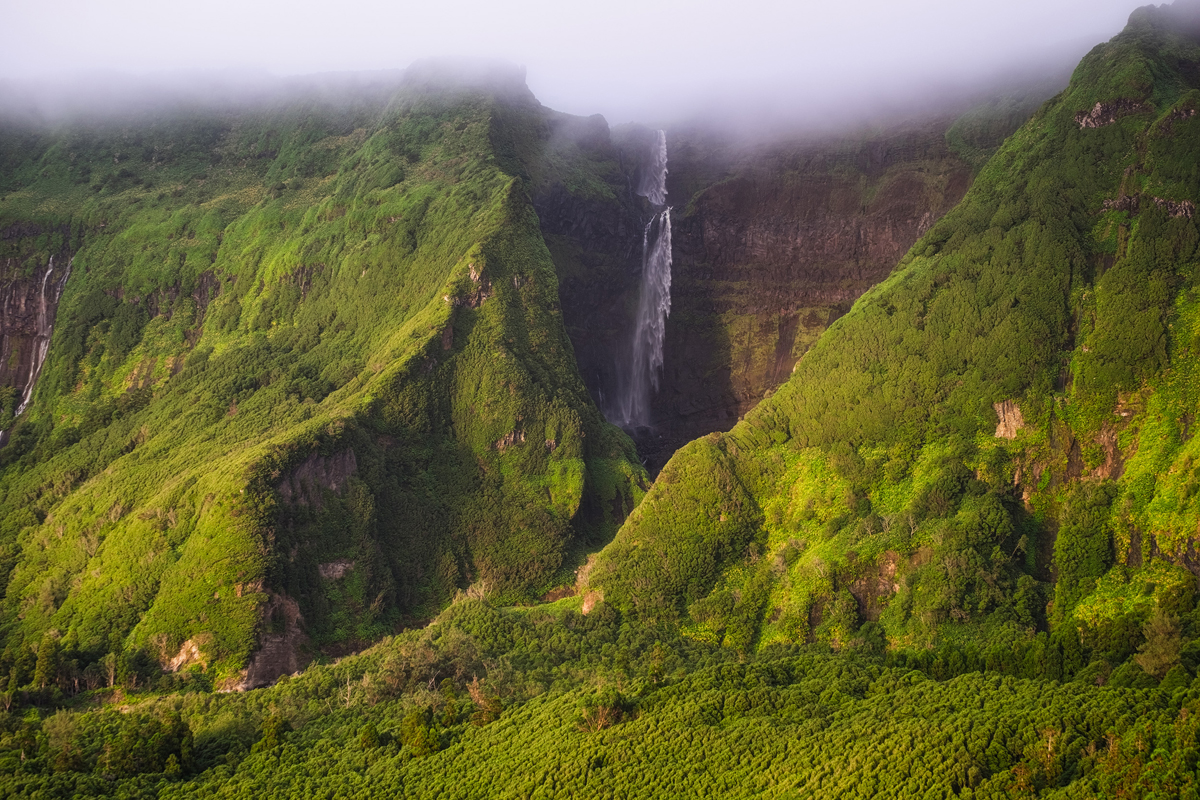


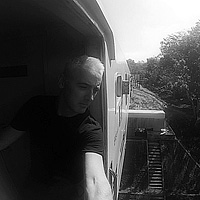
Andy Mumford is a Lisbon based landscape, travel and fine art photographer. A lover of nature and travel. Having made the transition from DSLR to Fuji X cameras, currently he is an official Fuji ambassador, a Fuji X Photographer.

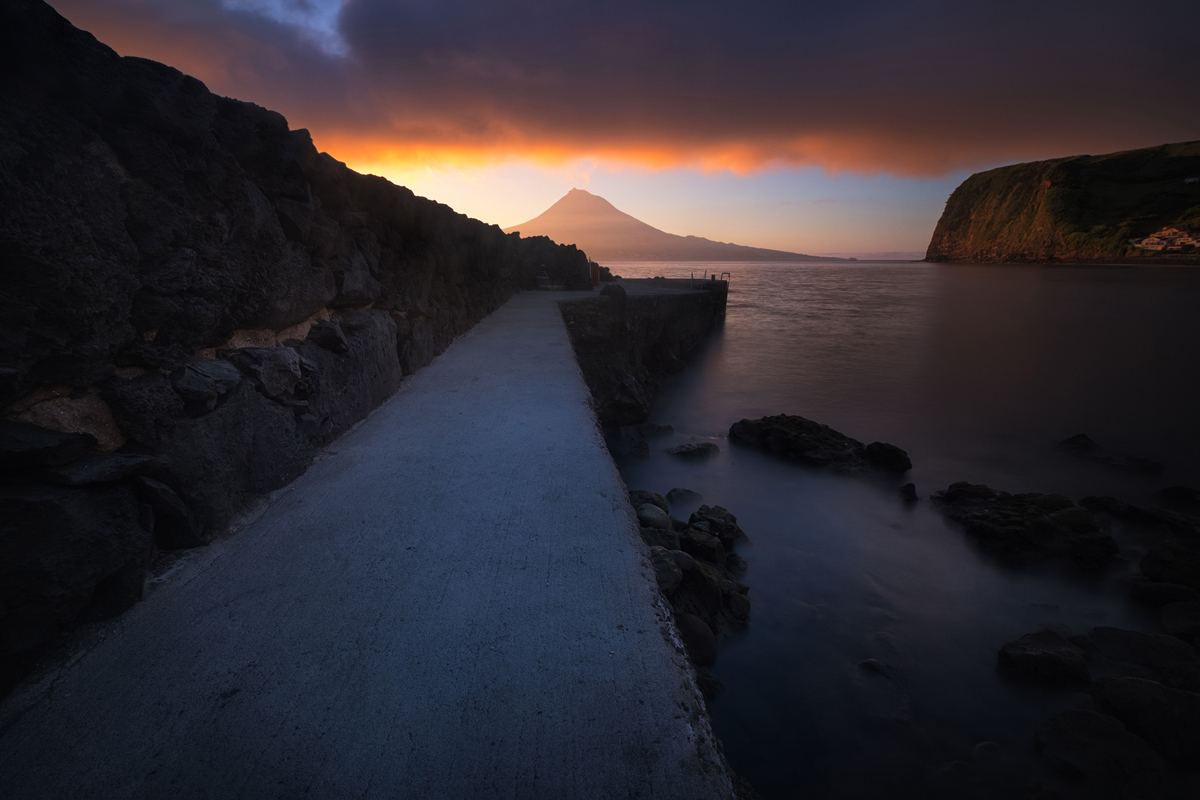

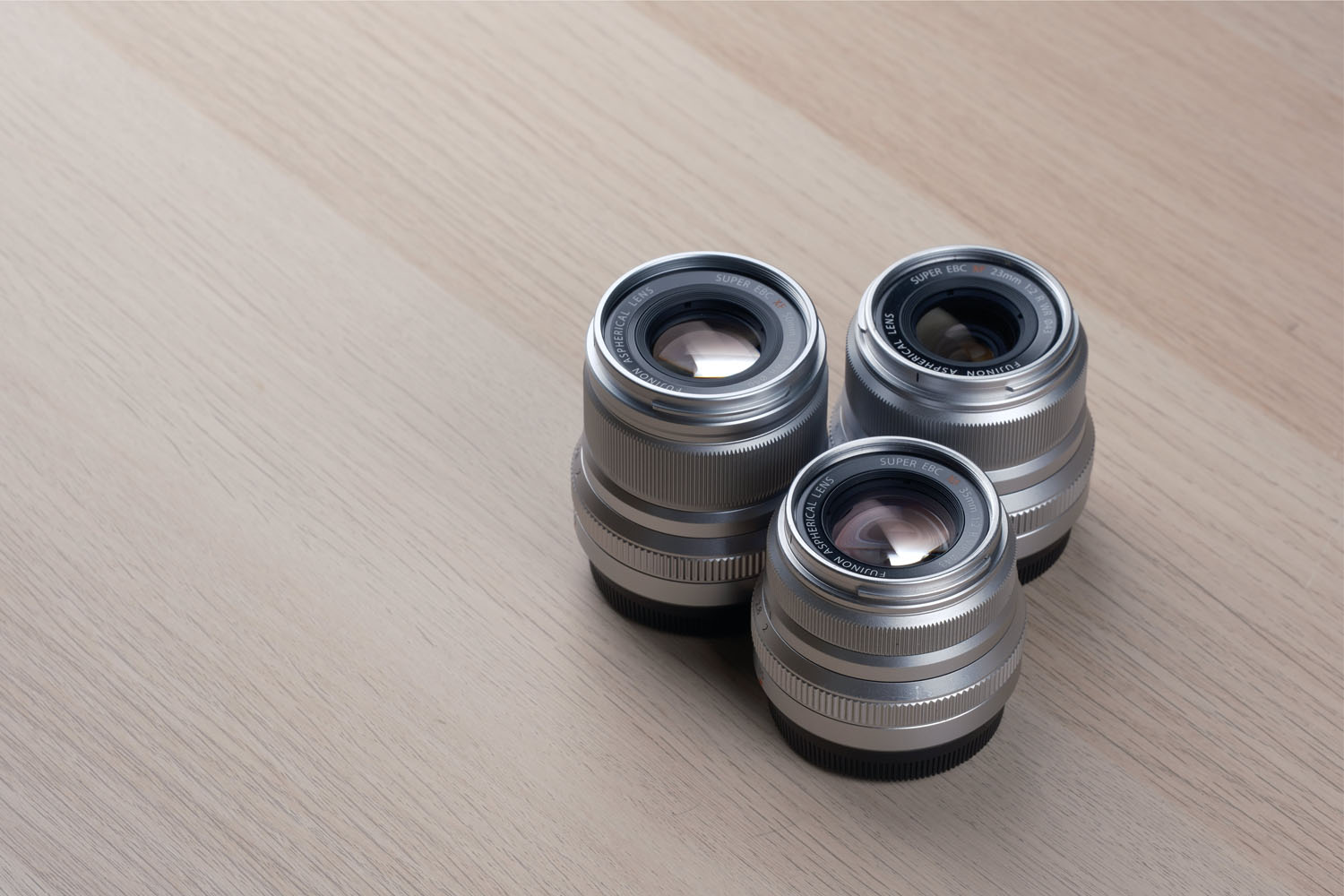
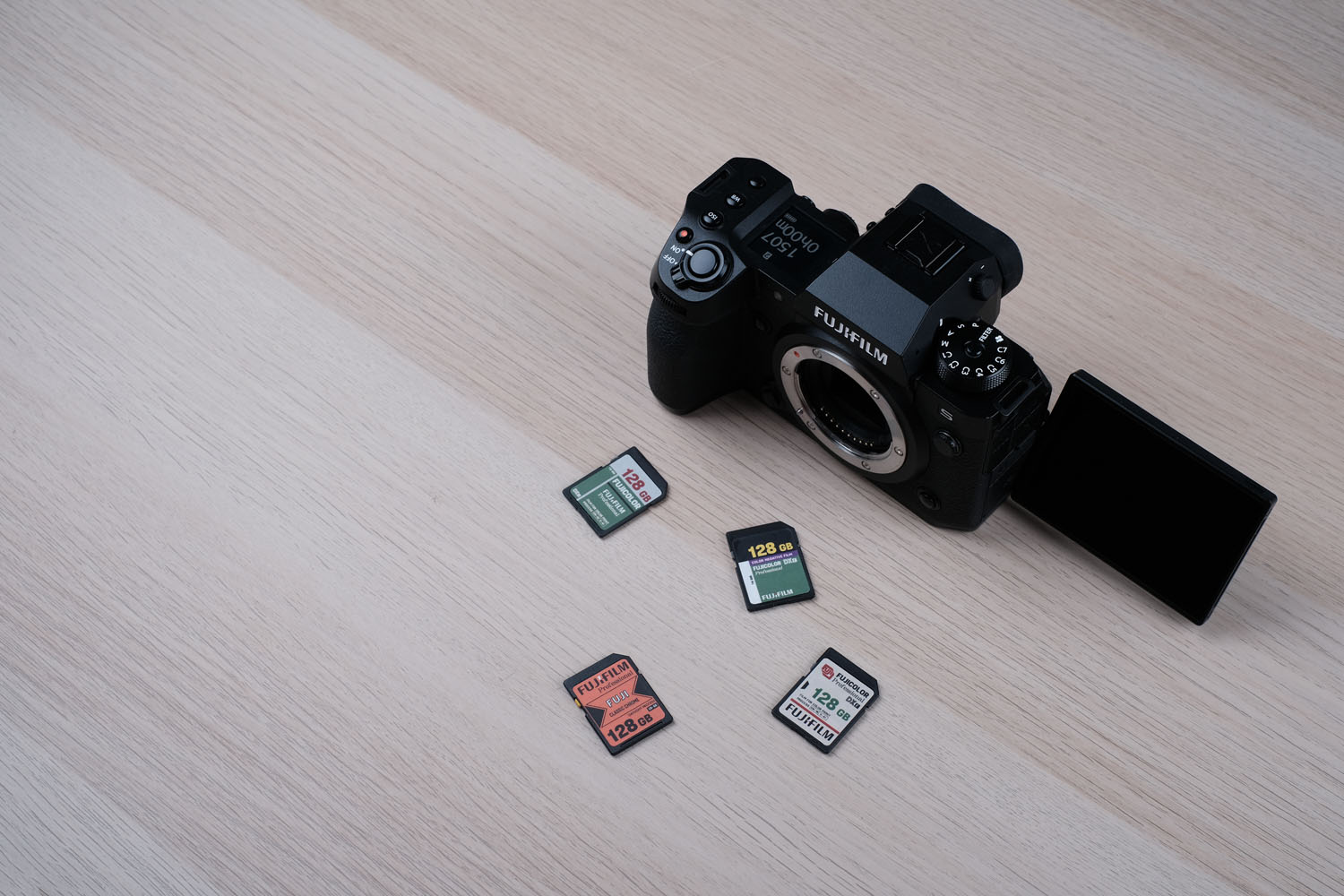
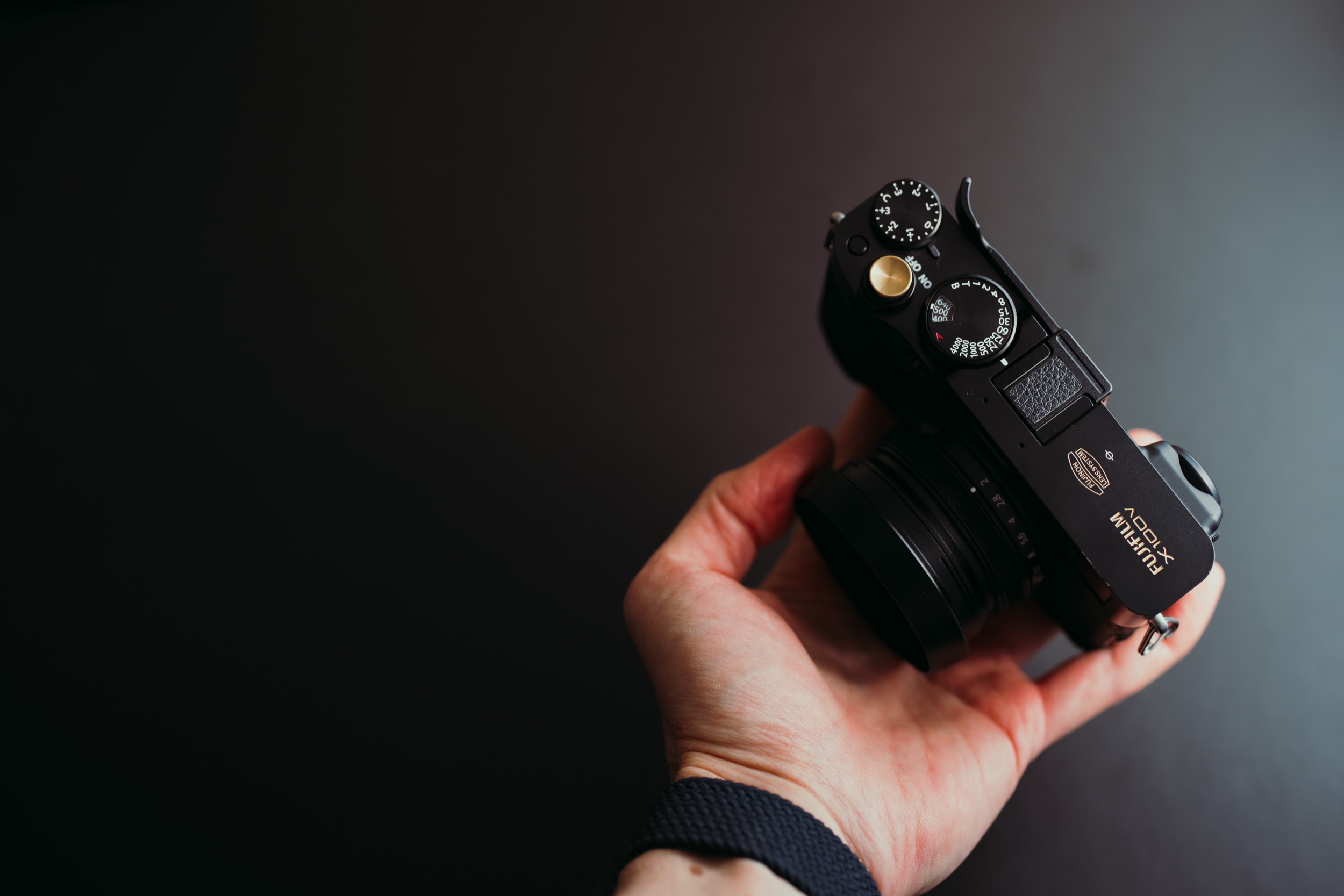
KaffeGlad
January 10, 2017 @ 4:47 pm
Love the pictures.
One question; The Fuji XF10-24mmF4R is one of the lenses I am considering myself. Looking at the images in this article, you seem to be using the lense primarily on the vide end? Or is it just the selection here? My thinking is that if people tend to be using the lense at the wide end, a Samyang 12mm may be an option to consider. Any thoughts on this?
Robert Clark
January 10, 2017 @ 8:16 pm
It is an interesting question KaffeGlad with the potential tradeoff being that you would be shooting a fixed prime versus the range possible with the XF10-24. This lens is very sharp and contrasty, corner to corner, and across its zoom range. The Samyang will just give you a fixed 18 albeit it at a faster f2.0, but with AF. For me personally I like the dedicated primes like the XF14mm and might like a fixed 18 but would want the Af capabilities. In the end the performance of the of XF10-24, its sharpness, and range wins out for me. Of course Andy may have some different thoughts.
KaffeGlad
January 11, 2017 @ 1:47 pm
Thanks. Appreciate you taking the time to answer.
Andy
January 10, 2017 @ 11:10 pm
Thanks for the comments, glad you like the images. It’s a special place.
Well personally I just like to shoot landscape super wide…I always have. I do occasionally shoot at the other end of the zoom, particularly when I’m shooting travel/street work (this trip was totally landscapes) and for panoramas (there’s one in the article at 24mm. Shooting panos really wide makes stitching tricky as the images distort away from the centre).
It depends on whether 12mm is wide enough for you. I’m not sure it would be for me. I have the 14mm but I rarely use it as it just doesn’t give me the wide angle feel that I love. The fast aperture makes it useful for stars, but that’s not enough for me to regularly carry it.
If there were a 10mm prime I’d probably but it in a heartbeat, especially if it were f2.8…but as it is, for me the 10-24 is the best option for shooting wide and is probably the lens I use for 70% of my landscapes….mostly at 10mm.
Not sure if that helps.
KaffeGlad
January 11, 2017 @ 1:46 pm
Thank you for the reply. I find it useful to hear other peoples views, opinions and experiences.